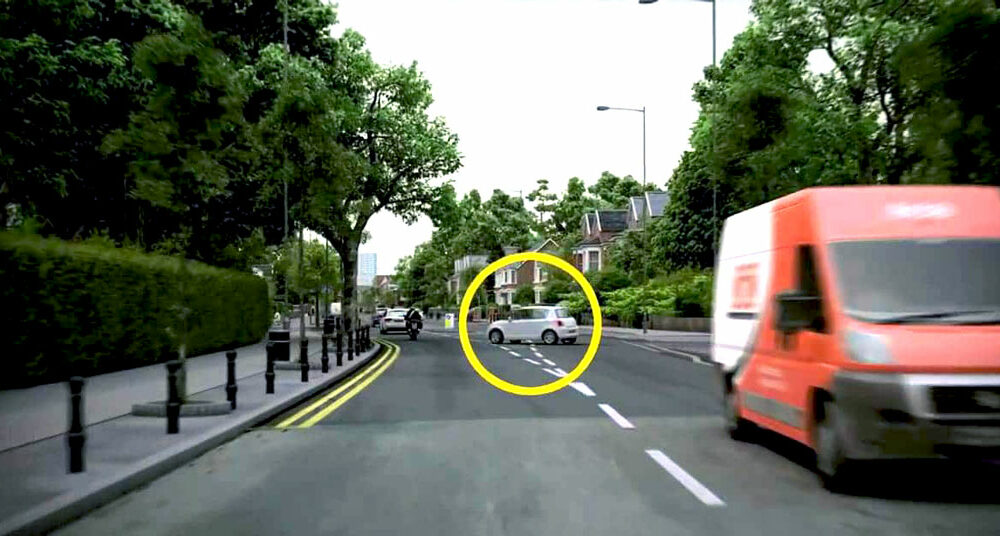Driving Theory Test Hazard Perception

What is the Driving Theory Test Hazard Perception?
The hazard perception test is a key part of the driving theory test designed to evaluate how well you anticipate potential dangers while driving. Unlike the multiple-choice questions that test your knowledge of road rules and regulations, the hazard perception test focuses on your ability to perceive and react to hazards in real-time.
During this part of the test, you’ll watch a series of video clips filmed from the perspective of a car driving on various roads. Each clip is designed to simulate real driving scenarios where you must identify developing hazards. These can range from pedestrians crossing the road to other vehicles behaving unpredictably.
How the Test is Structured
The hazard perception test typically consists of several video clips, each featuring a developing hazard. Your task is to click the mouse as soon as you spot a hazard that is developing. The earlier you identify the hazard, the more points you score. However, clicking too frequently or inappropriately can result in a penalty, so it’s important to strike a balance.
Preparing for the Hazard Perception Test
Preparation is key to succeeding in the hazard perception test. Here are some effective strategies to help you prepare:
- Practice with Online Tools: Utilizing online resources and practice tests can significantly improve your hazard perception skills. One such resource is the hazard perception practice tool, which offers a range of scenarios to help you get accustomed to identifying hazards quickly.
- Watch Driving Videos: Observing how experienced drivers handle various situations can provide valuable insights. Pay attention to how they anticipate and respond to potential dangers.
- Stay Calm and Focused: During the test, it’s important to remain calm and focused. Panicking can cloud your judgment and make it harder to spot hazards. Practice staying calm in simulated environments to improve your performance.
Tips for Success
- Look Ahead: Always scan the road ahead and anticipate potential hazards. This proactive approach will help you spot developing dangers before they become critical.
- React Appropriately: Clicking too soon or too late can affect your score. Aim to click when you see a hazard beginning to develop, but avoid over-clicking.
- Understand Common Hazards: Familiarize yourself with common road hazards such as cyclists, pedestrians, and other vehicles. Knowing what to look out for can improve your hazard perception skills.
Common Mistakes to Avoid
- Overlooking Hazards: Some candidates miss hazards because they are not scanning the road effectively. Make sure to check all areas of the road, including the periphery.
- Clicking Too Often: Clicking the mouse excessively can result in penalties. Ensure that you only click when a real hazard is developing.
- Focusing on One Area: Concentrating solely on one part of the road can cause you to miss hazards in other areas. Maintain a broad focus to identify potential dangers from all directions.
Conclusion
The hazard perception test is a vital component of the driving theory test that assesses your ability to anticipate and react to potential road hazards. By practicing driving theory test hazard perception with tools, watching driving videos, and employing effective strategies, you can improve your hazard perception skills and increase your chances of passing the test.
Remember, preparation and practice are crucial for success. Understanding the nature of the hazard perception test and honing your skills will not only help you pass the test but also make you a safer, more competent driver.




